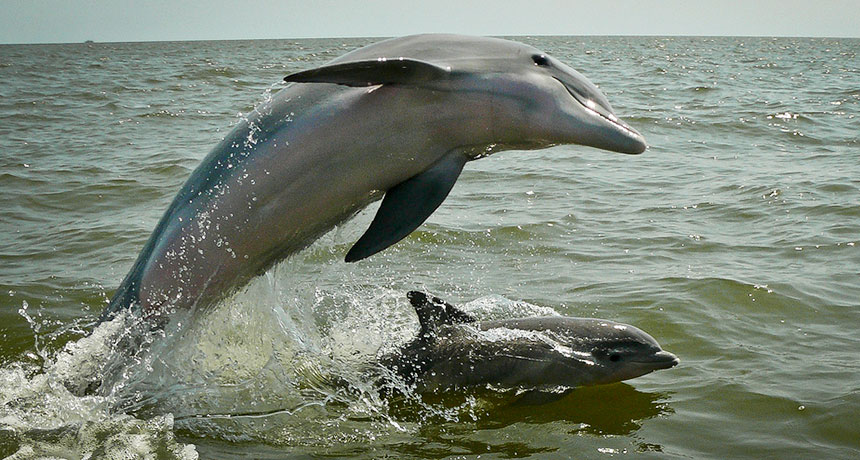Eyewitness account of a dolphin birth takes a dark turn

At first glance, dolphins appear to be happy-go-lucky animals. Dolphin life, though, can be violent. Scientists finally witnessed a wild dolphin birth — only to see adults try to kill the calf.
Juanma Carrillo/Flickr (CC-BY-NC-SA 2.0)






